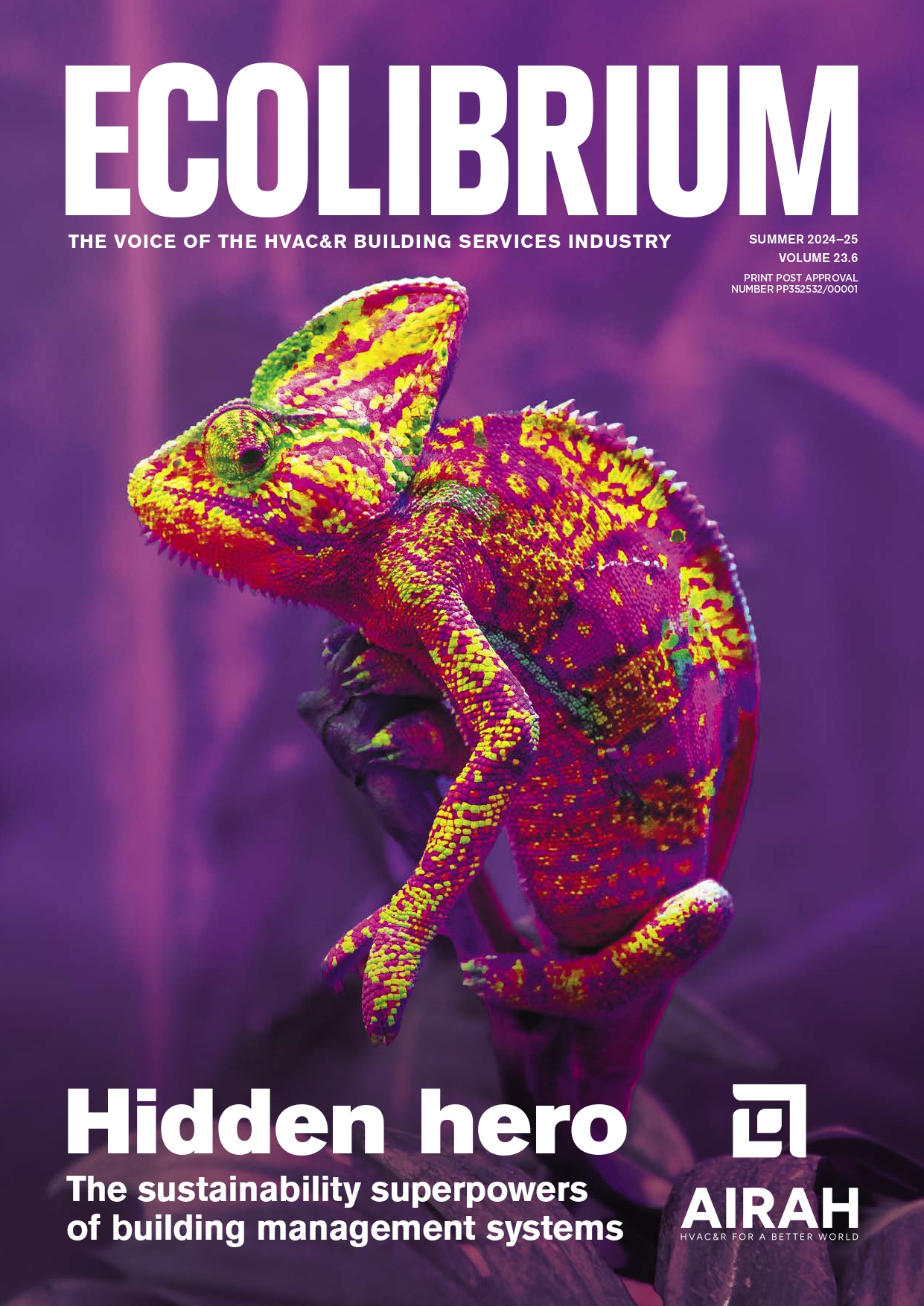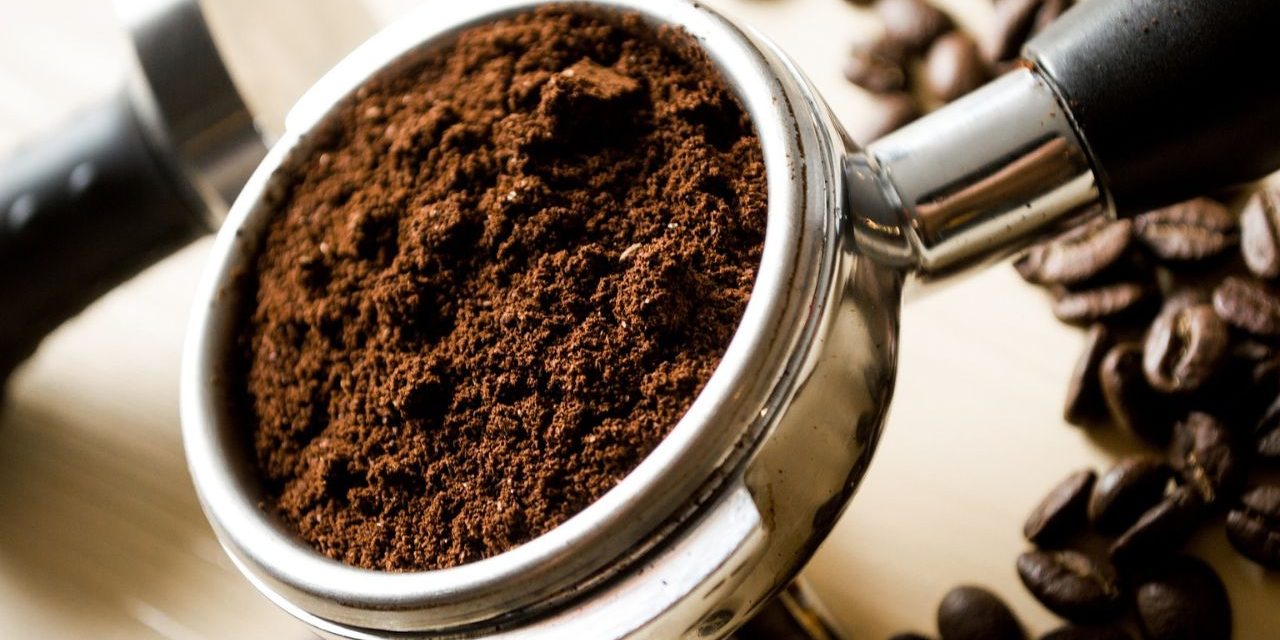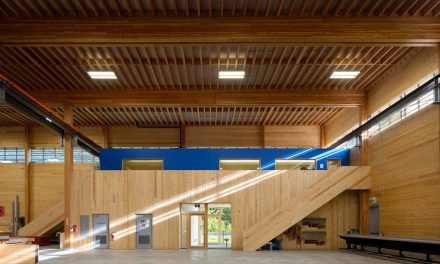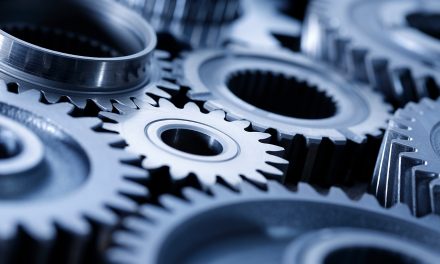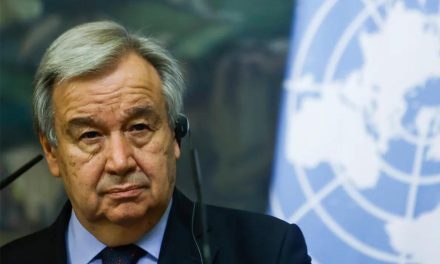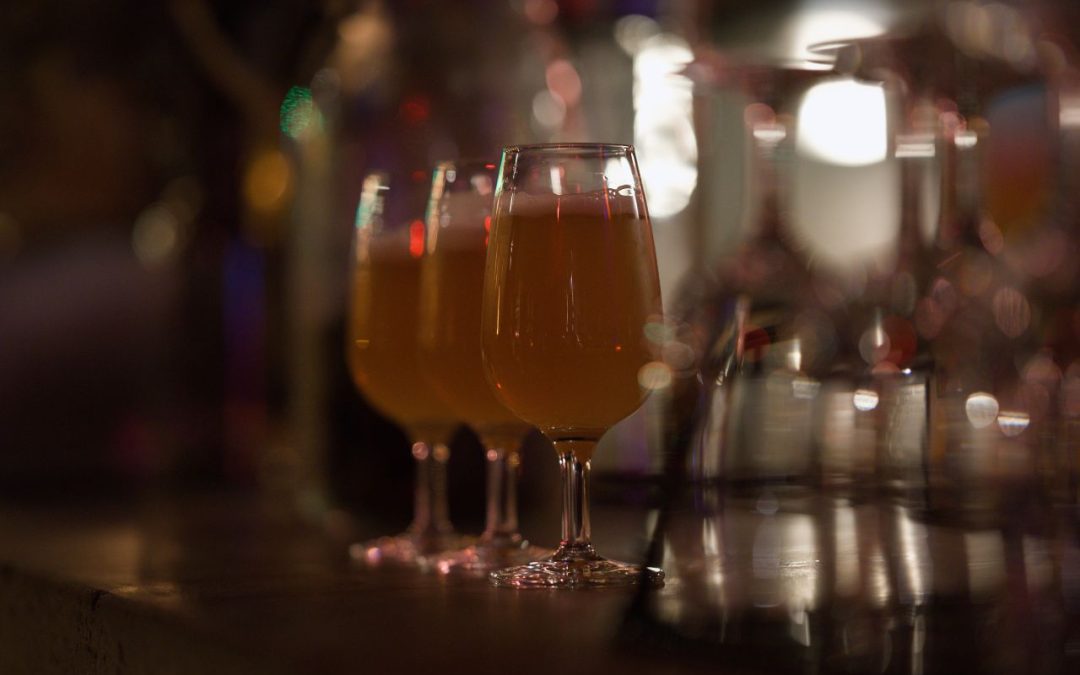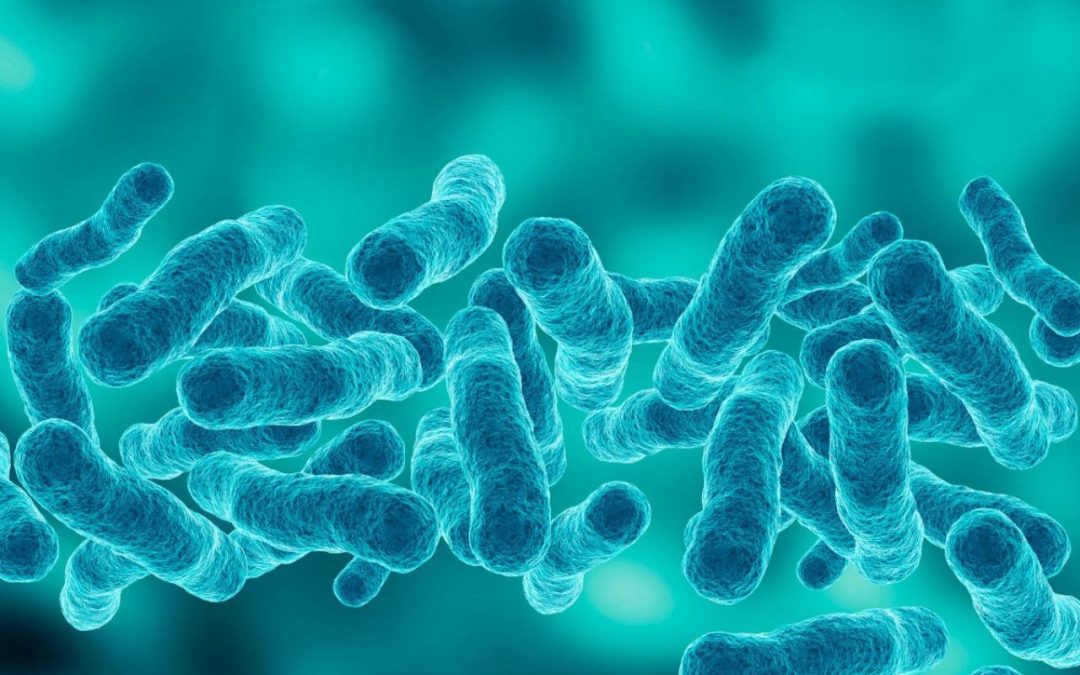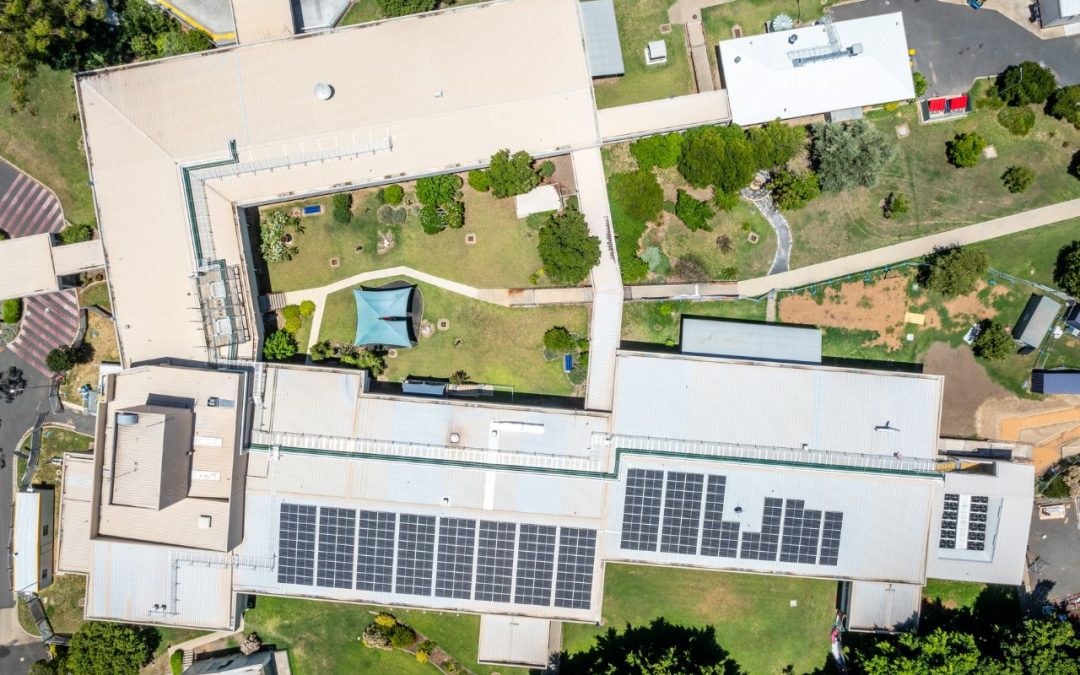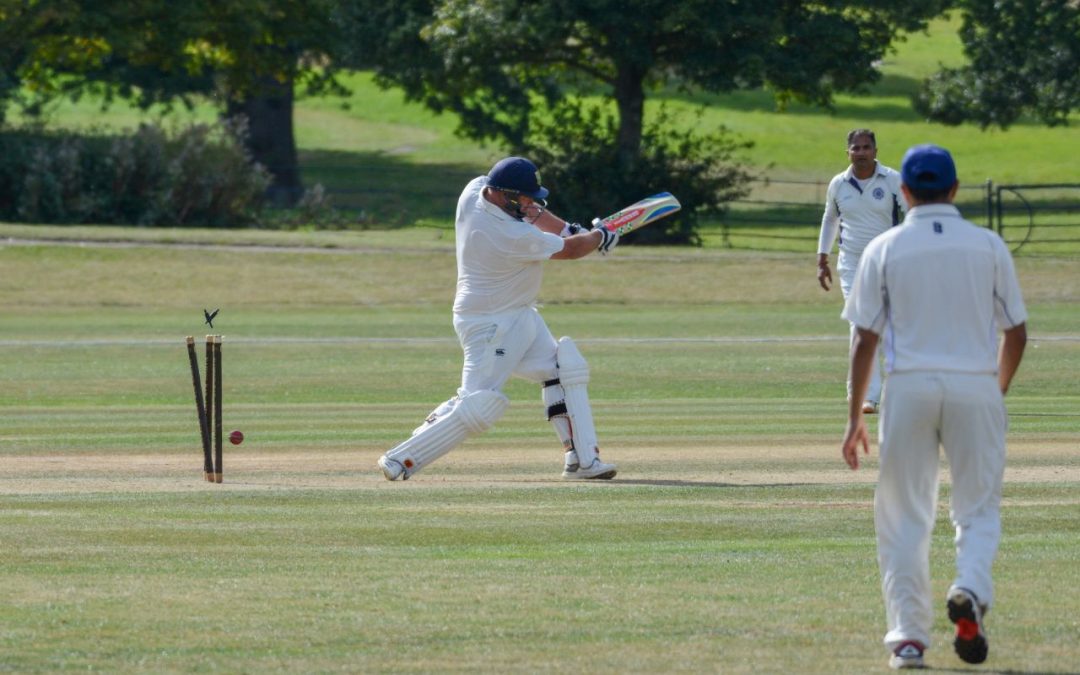Researchers at RMIT University have developed an innovative technique that can make concrete 30 per cent stronger by turning waste coffee grounds into biochar. Laura Timberlake explores how the researchers are applying the innovation in the real world.
Australia generates approximately 75 million kilograms of ground coffee waste every year, with most of it going to landfill. Organic waste in general contributes around 3 per cent of greenhouse gas emissions.
The team at RMIT has used a low-energy process without oxygen at 350°C to turn the waste coffee grounds into biochar.
According to the abstract in the original research paper (“Transforming spent coffee grounds into a valuable resource for the enhancement of concrete strength”, published in the Journal of Cleaner Production), the researchers experimented with “pyrolysing (a process of thermal decomposition) this waste at different temperatures (350–500°C) to identify its suitability in improving the physicochemical and mechanical properties of concrete”.
In its raw form, organic waste is unsuitable to be used directly in structural concrete, as it would decompose over time and weaken the building material, which is why the used coffee is converted into biochar before being added to the concrete mix.
The coffee brick road
Major Road Projects Victoria (MRPV) and project contractor BildGroup are using RMIT’s biochar in a major infrastructure project. As part of Victoria’s Big Build, concrete mixed with biochar made from spent coffee grounds is being laid into a footpath along a busy road in Pakenham.
MRPV Program Director, Brendan Pauwels, says coffee concrete has the potential to cut costs and remove vast amounts of waste material from landfill.
“These numbers are remarkable in terms of ecological benefit, and we’re excited to see the Pakenham Roads Upgrade be the first Victorian Big Build project to use the coffee concrete,” he says.
Environmental and social science and engineering company Earth Systems converted five tonnes of spent coffee grounds – about 140,000 coffees worth of grounds – into two tonnes of useable biochar, which has been laid into 30m3 worth of footpath along McGregor Road in Pakenham.
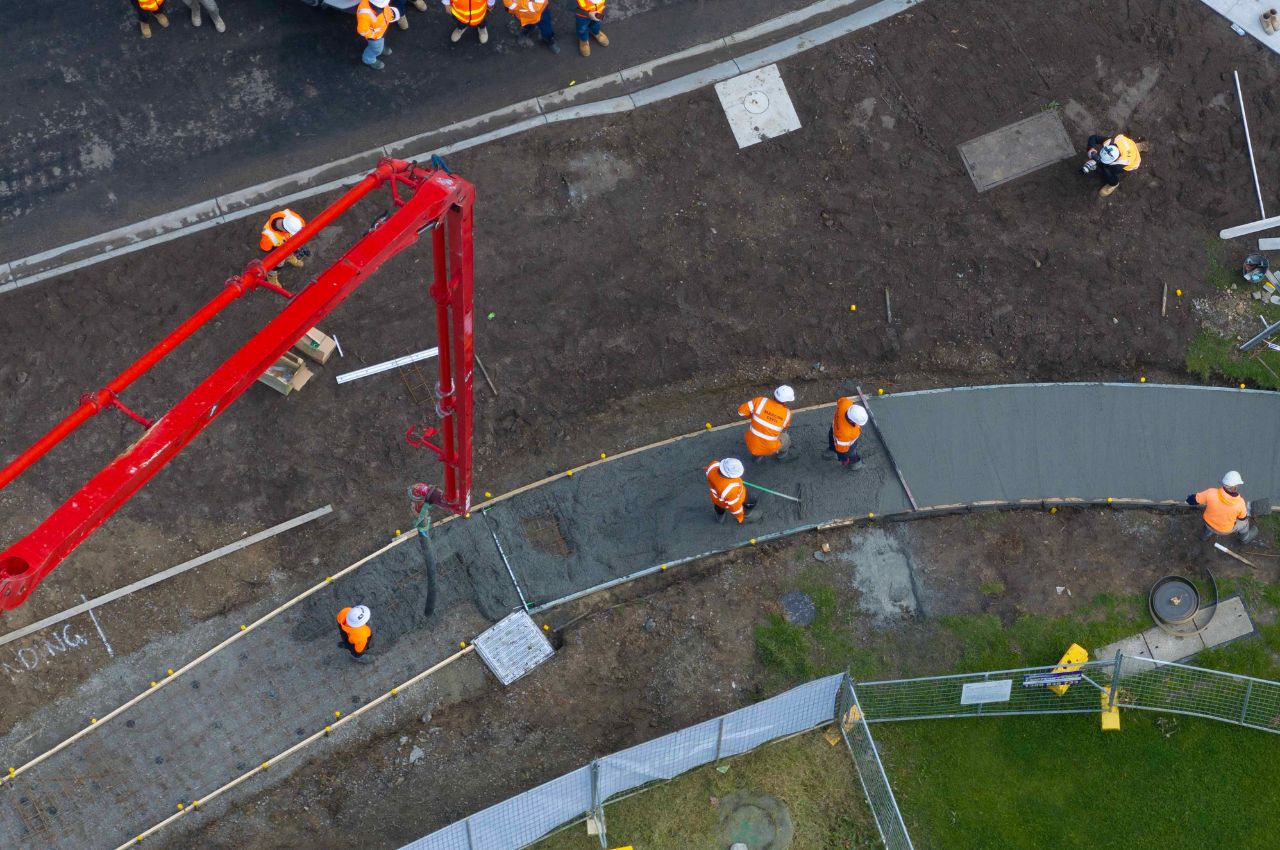
Coffee capital
“It is very exciting to see the coffee that we love is getting a second shot at life in the concrete biochar that’s converted into construction applications,” says RMIT postdoctoral research fellow and co-author of the research paper Dr Rajeev Roychand.
BildGroup CEO Stephen Hill estimates that with the coffee concrete they poured, the team diverted an estimated 140,000 coffees from landfill and saved over three tonnes of sand.
RMIT teamed up with Macedon Ranges Shire Council earlier this year to conduct a successful world-first trial of coffee concrete in a footpath in Gisborne, Victoria.
The team is now working with a commercialisation partner and companies in the construction and agriculture sectors to try and turn their innovation into a commercial reality.
